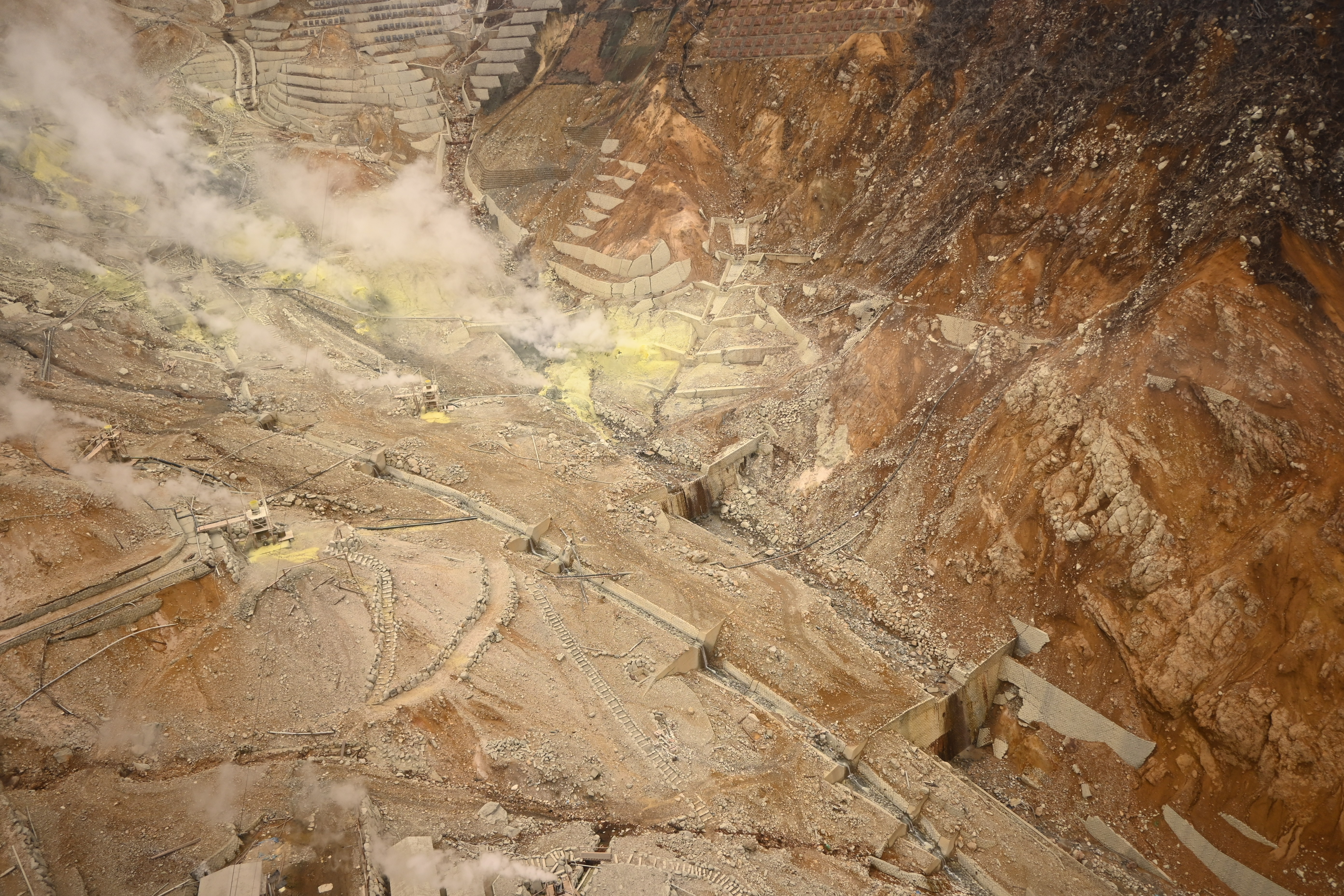An IEA report identifies vulnerabilities over next decade in the supply of critical minerals, notably copper.
The report notes that today’s critical mineral markets may appear well supplied, with prices well down from the highs seen in 2021 and 2022, but that a combination of increasing supply concentration in a handful of countries and the spread of export restrictions is raising the risk of painful disruptions.
The 2025 edition of the IEA’s annual Global Critical Minerals Outlook, presents the latest data and analysis on supply, demand, investment and more for key energy-related minerals, including copper, lithium, nickel, cobalt, graphite and rare earth elements. For the first time, the report also includes analysis of a broader range of energy-related strategic minerals that play vital roles in the high-tech, aerospace and advanced manufacturing sectors.
The report finds that critical mineral markets have become more concentrated, not less, particularly when it comes to refining and processing. For copper, lithium, nickel, cobalt, graphite and rare earth elements, the average market share of the top three producers rose to 86 per cent in 2024 from around 82 per cent in 2020, with almost all supply growth coming from the single top supplier: Indonesia for nickel, and China for all other minerals.
While policy makers have woken up to the challenges, a detailed IEA analysis of announced projects indicates that progress towards more diversified critical mineral supply chains is set to be slow. Based on today’s policy settings and investment trends, the average share of the top three suppliers is projected to decline only marginally over the next decade, effectively returning to the concentration levels seen in 2020.
© 2019 Perspective Publishing Privacy & Cookies







Recent Stories